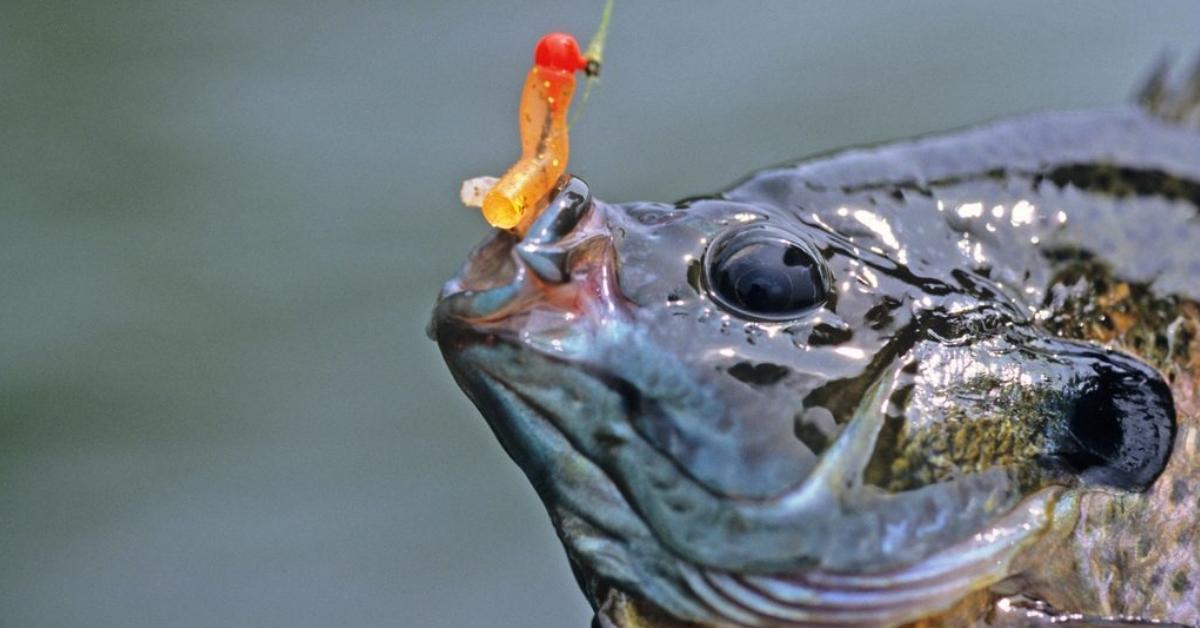Bluegill vs. Bream: Different Name, Same Fish
Throughout my travels across the country, I have heard anglers give a common sunfish different names. In the South, some anglers call the sunfish a bream and others dub it a perch, while in the North and Midwest it is called a bluegill.
What Should We Call This Popular Panfish?
Well here is Wikipedia’s definition of this panfish: “The bluegill (Lepomis macrochirus) is a species of freshwater fish referred to as ‘bream’ or ‘brim,’ ‘sunny,’ ‘copper nose,’ or incorrectly ‘perch.’ It is a member of the sunfish family Centrarchidae of the order Perciformes. It is native to North America and lives in streams, rivers, lakes and ponds.”
Lepomis macrochirus is a mouthful to say so its common name became bluegill because of its blue coloration under its chin and lower part of its gill cover. You can also identify a bluegill by its slab-sided body and small mouth with the upper jaw not reaching past the front of its eye. The Bluegill has a spinous dorsal fin with 10 spines connected to a soft dorsal. Its pectoral fin is long and pointed and the fish has a prolonged ear flap.
Identifying Bluegill/Bream
In addition to the blue coloring around the gills, the bluegill has dark olive-green colors on its back and sides with yellow or reddish-orange on its breast and belly. The sunfish’s sides are often marked with dark vertical bars.
How Big Do They Get?
Bluegill commonly reach a length of 9 inches and a weight of about 12 ounces. If left alone, bluegill typically live between 6-8 years but can live up to 11 years old. The all-tackle world record for bluegill is 4 pounds, 10 ounces.
How To Target Bream
Targeting bluegill is an excellent way to introduce children and novices to fishing because the fish bite a variety of small natural and artificial baits. You can catch bluegill on crickets, grasshoppers or worms set below a bobber with a cane pole or fly fish with wet flies, dry flies or popping bugs.
Bluegill can be caught throughout the year, but my favorite time to catch these sunfish is during the spawn when the big bull males are protecting their nests. Casting a cricket or worm on a bobber to the nests is a guaranteed catch then.
Updated September 28th, 2020 at 9:43 AM CT


